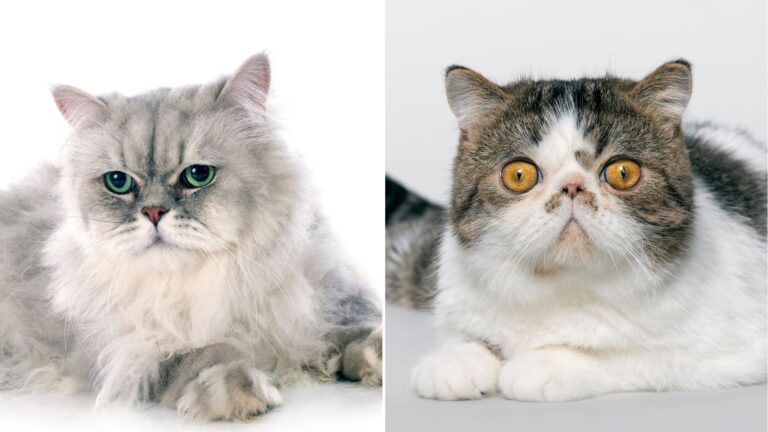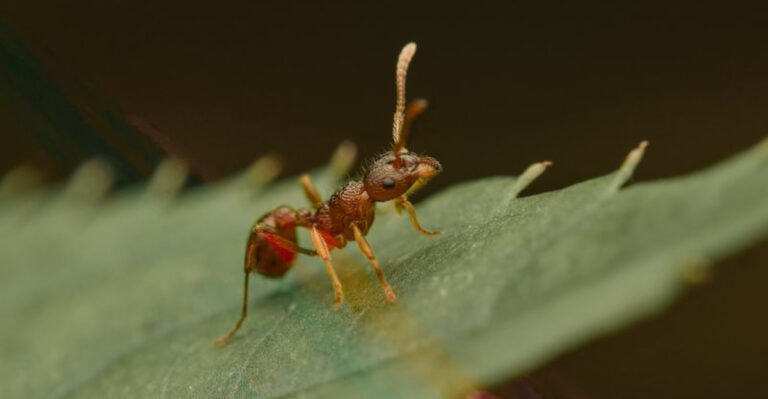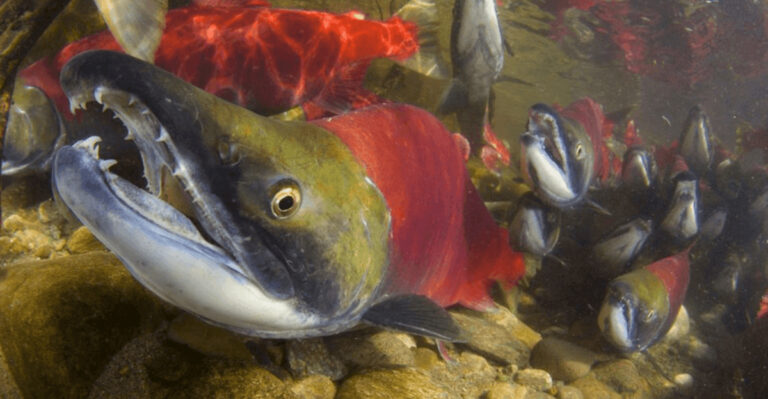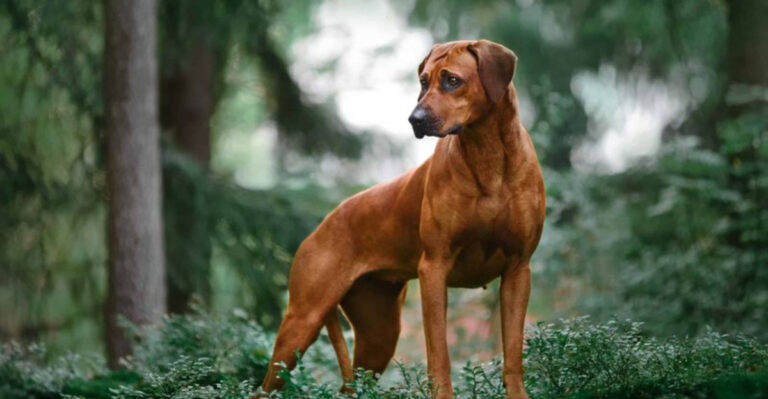15 Reasons Why Some Birds Fear Mirrors
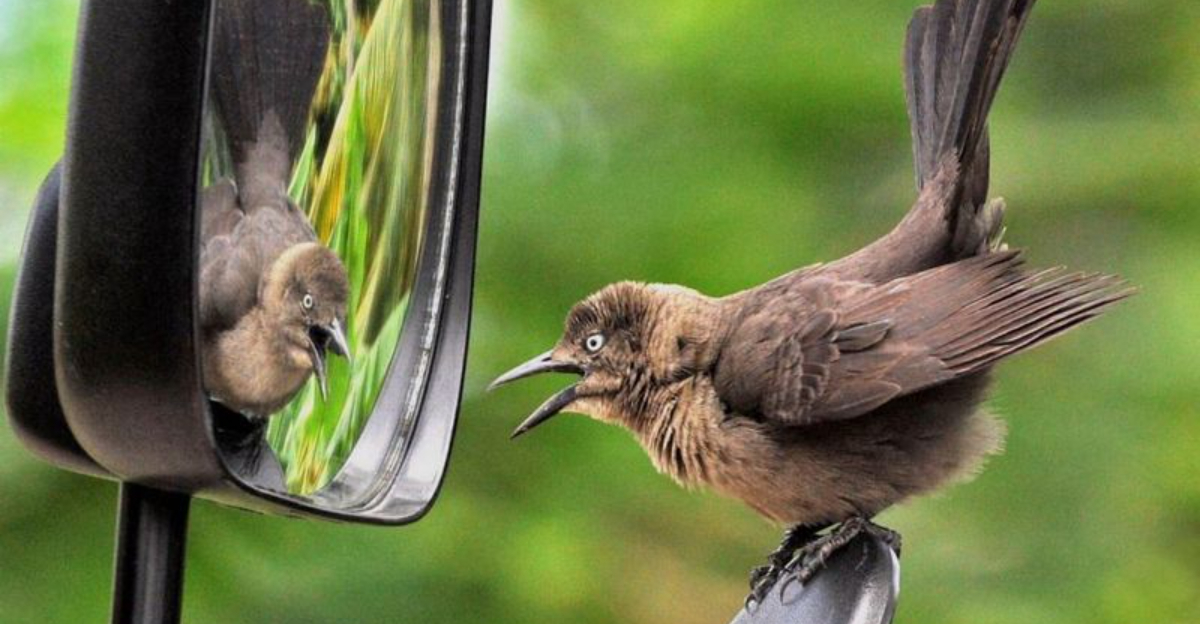
Have you ever seen a bird freak out at its own reflection? It’s like a feathery version of “Who’s that in my house?” As amusing as it might seem, many birds truly fear mirrors.
Understanding this fear can be eye-opening! From mistaking reflections for rivals to simply being spooked by sudden appearances, let’s see the quirky reasons why mirrors are no bird’s best friend.
1. The Reflection Is Misunderstood As A Rival
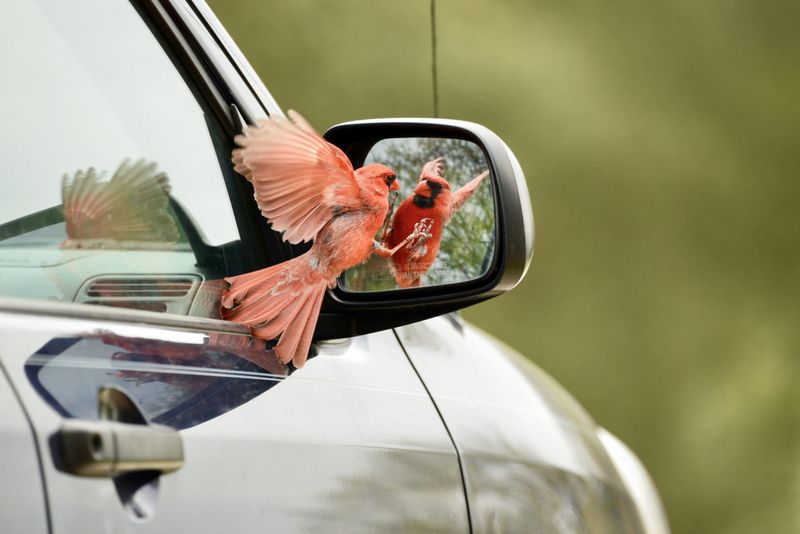
Picture this: a tiny feathered creature puffing up, ready to rumble with a mirror. It’s not vanity; it’s war! Birds often mistake their reflection for a rival. This triggers territorial behavior, leading to fear or aggression.
Imagine thinking you’re face-to-face with an intruder, only to realize it’s just your reflection. No wonder our avian friends get all flustered. It’s a classic case of mistaken identity in the bird world.
2. Confusion From Lack Of Interaction
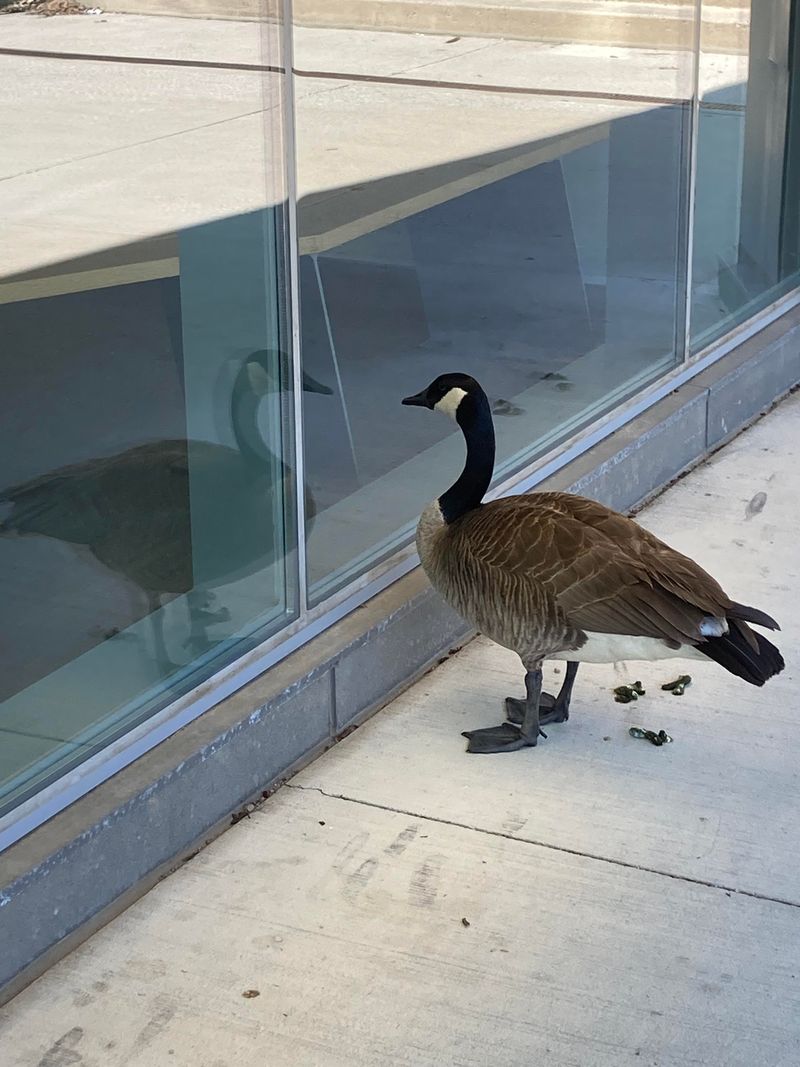
Imagine seeing someone waving at you but ignoring all your greetings. Birds feel the same way when they see their reflection.
That other “bird” doesn’t chirp back! This lack of interaction creates a whirlwind of confusion and anxiety. The poor creatures end up puzzled, wondering why their friendly overtures go unanswered. It’s like trying to chat with a mime—a baffling experience that leaves them uneasy.
3. Sudden Appearance Of An Unknown “Bird”
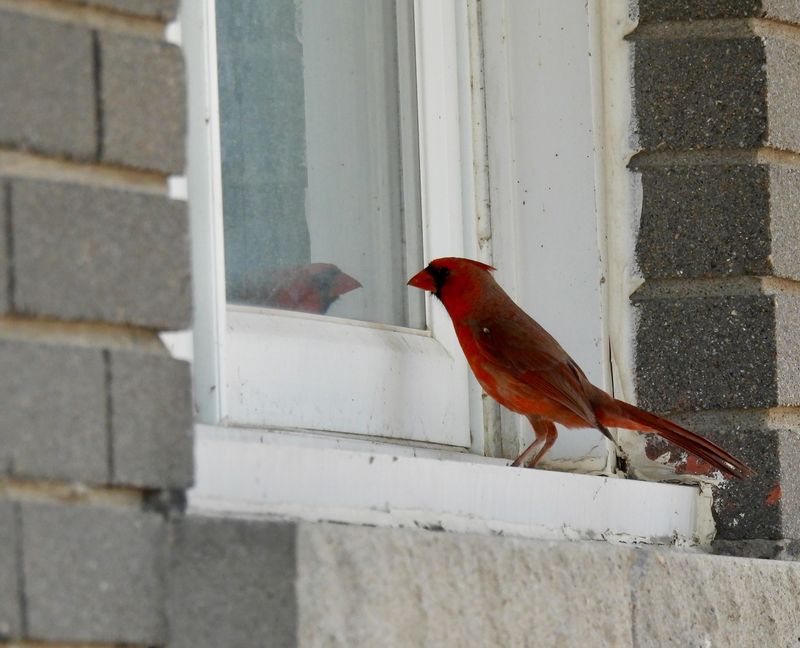
Ever had someone sneak up on you? Birds experience a similar jolt when their reflection suddenly pops into view. This unexpected appearance can startle them, leading to a flutter of fear.
In their eyes, it’s an unknown bird crashing the party. It’s no wonder they flap away in a tizzy. This surprise element keeps our feathered friends on their toes, always wary of the next unexpected guest.
4. Mirrors Represent The Unknown
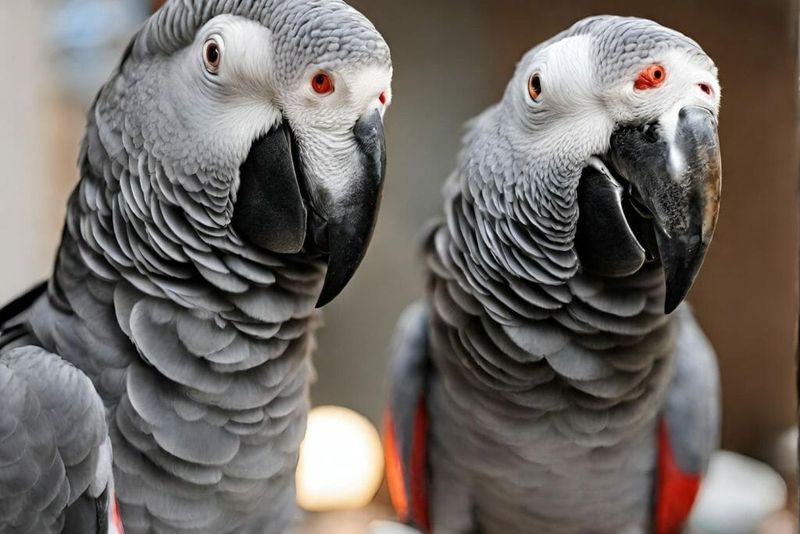
For birds, mirrors might as well be portals to another dimension. They simply don’t get the concept of reflections. Seeing an identical bird staring back can be downright baffling.
This fear of the unknown keeps them at a distance. Imagine looking into a mysterious world where you see your twin. It’s enough to make even the bravest bird hesitate. Curiosity meets caution in this reflective dance.
5. Territorial Instincts Are Triggered
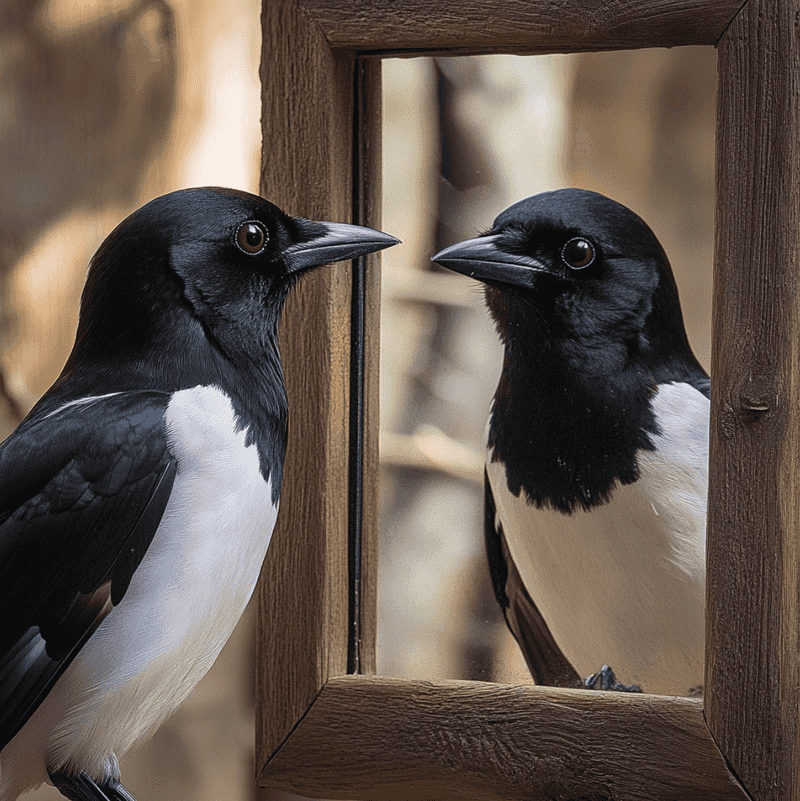
Territory is everything in the bird world. When a bird sees its reflection, those territorial instincts kick in, big time. The reflection is a perceived intruder, challenging their space.
This encounter often leads to a defensive display, as if saying, “Step off, stranger!” It’s a reflexive reaction, driven by nature’s programming, and it makes mirrors a source of stress. Feathered foes meet at the reflective boundary.
6. Inability To Recognize Themselves
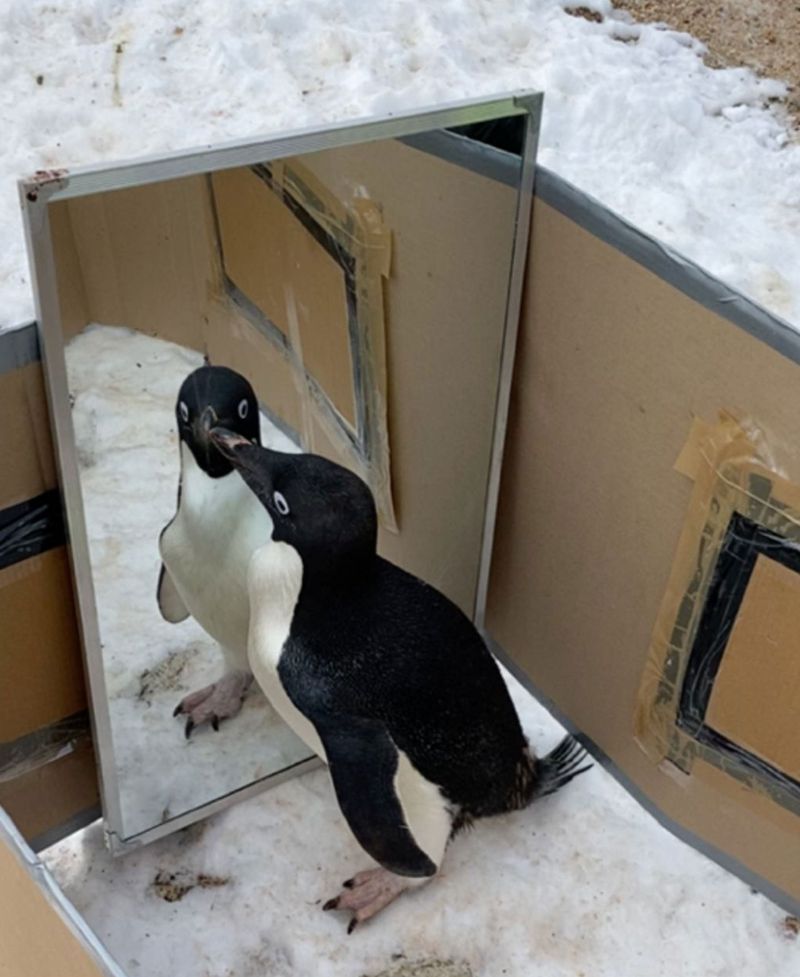
Who am I? That’s the question birds face when they see their reflection. Unlike some animals, birds generally can’t recognize themselves in mirrors.
This leaves them thinking another bird is staring back, leading to fear and defensive actions. It’s a case of mistaken identity that plays out every time they catch a glimpse of themselves. Think of it as a daily identity crisis!
7. Fear Of Losing Control
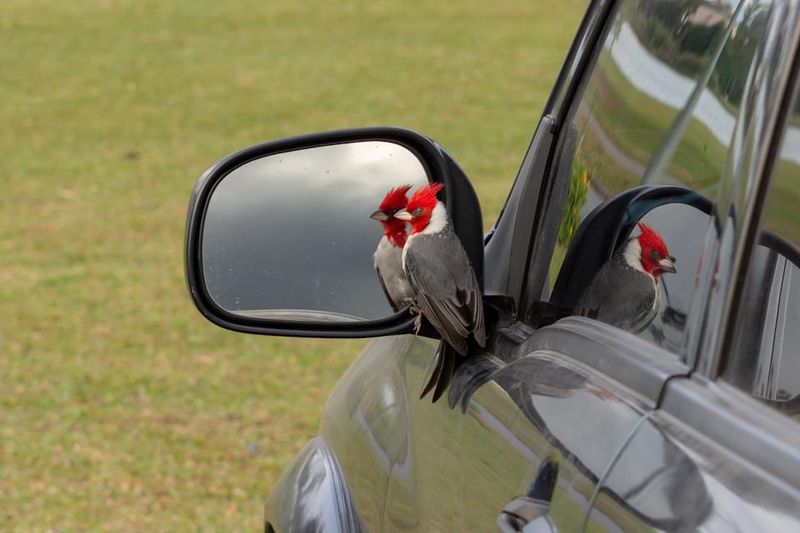
Ever felt like you couldn’t control a situation? Birds feel that way when they face their reflection. The inability to interact with or control the “other bird” they see leaves them anxious.
It’s akin to watching a stranger mirror your every move—disconcerting and unsettling. This lack of control feeds their fear, making mirrors a source of avian anxiety. It’s a mirror, mirror on the wall scenario gone wrong.
8. Mirrors Mimic Threatening Movements
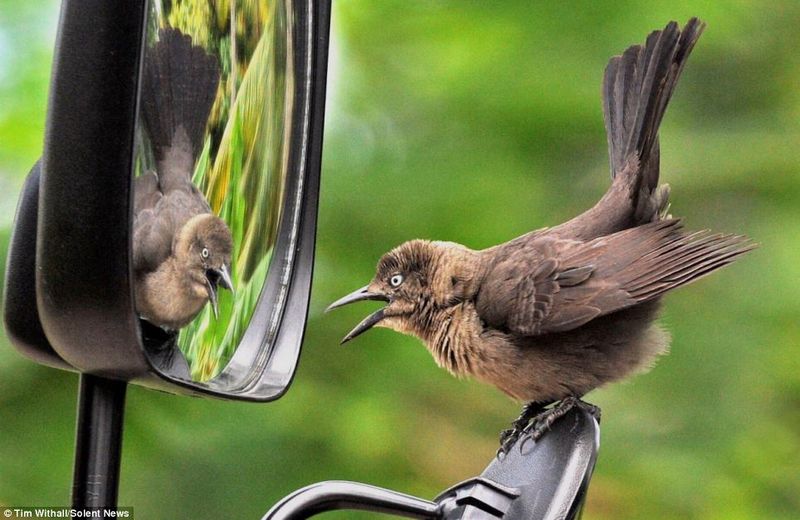
The mirror mimics every move a bird makes. For our feathered friends, this can seem like a threat. The reflection appears to challenge them, copying their every action.
It’s like having a dance-off with an uninvited partner who matches your every step. No wonder they feel uneasy! The mirrored mime act triggers fear, as birds perceive it as competition, making them wary of this reflective rival.
9. Anxiety From No Escape
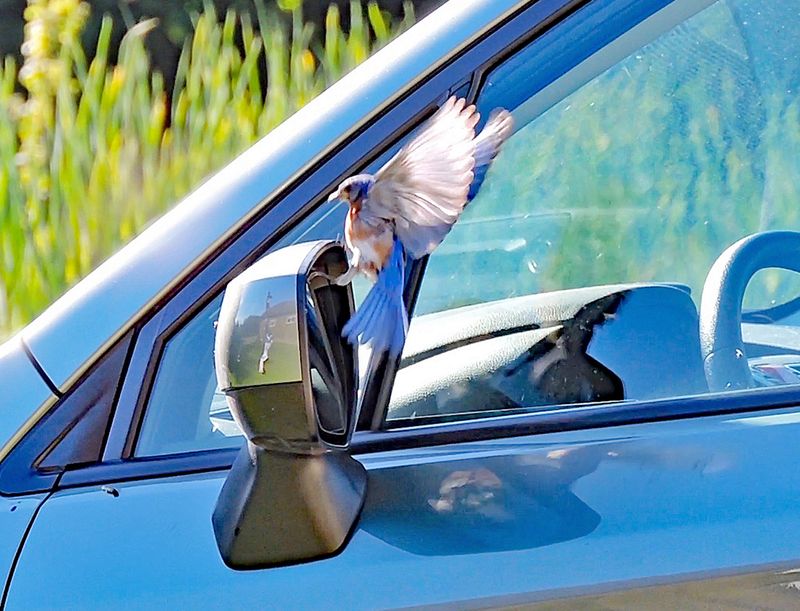
Imagine being in a room with no way out. That’s how some birds feel when faced with mirrors. They see another bird but can’t interact or escape from it. This creates a sense of entrapment and stress.
The reflection is a constant, unyielding presence, and our feathered friends feel cornered. It’s a situation that amplifies anxiety, as they flutter around searching for a way to flee.
10. Fears Related To Reflection Movement
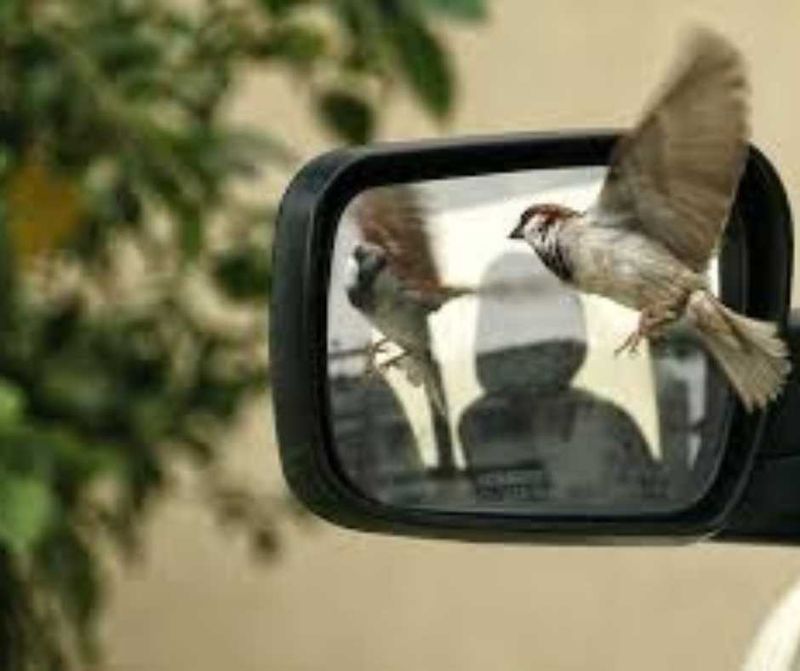
Movements in the mirror can be alarming. Birds see their reflection’s actions as a threat, mistaking it for another creature that’s invading their territory.
This leads to defensive behaviors, as they attempt to ward off the perceived intruder. The fear stems from what they perceive as unpredictable and aggressive moves, creating a cycle of anxiety. It’s a dance of defensiveness and misunderstanding.
11. Lack Of Familiarity With Other Birds
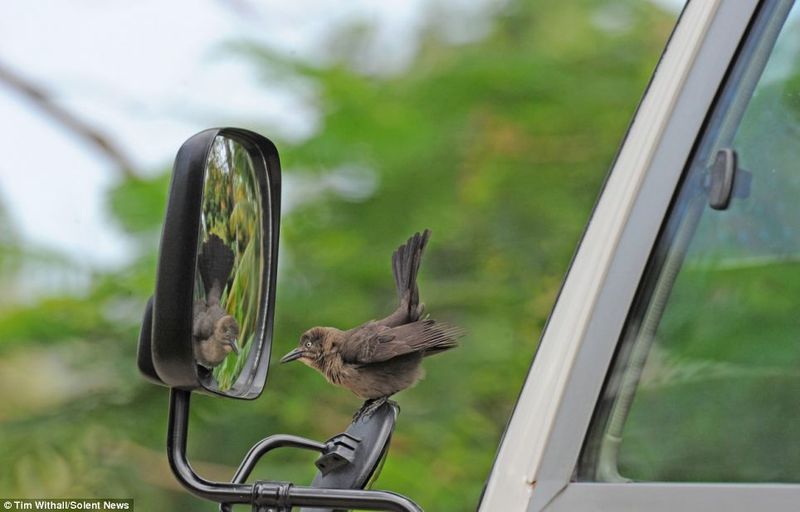
Some birds are accustomed to solitude. When they see their reflection, it introduces an unfamiliar “bird.” This lack of familiarity can heighten anxiety, as they face what feels like a new social situation.
The mirror becomes a stranger’s face in a familiar space, triggering nervousness. They have to assess this newfound “friend” without the comfort of familiarity, leading to stress and apprehension.
12. The Aggression Response
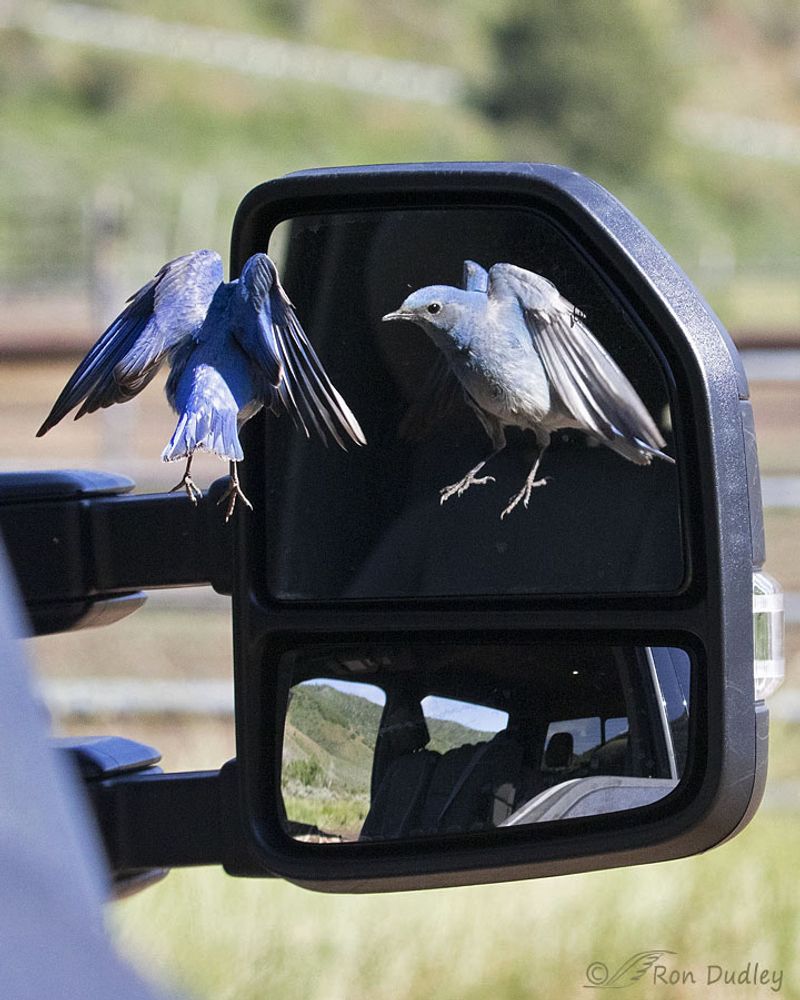
Meet the feisty bird ready to defend its turf! Some birds react aggressively to their reflection, convinced they must protect their territory. This aggression is a defense mechanism, a primal instinct kicking in to fend off the “intruder.”
The mirror becomes a battleground, with our feathered fighter on guard. It’s nature’s way of keeping them alert and ready for any challenge, even if it’s just a reflection.
13. Mirrors Represent A Threat To Their Space
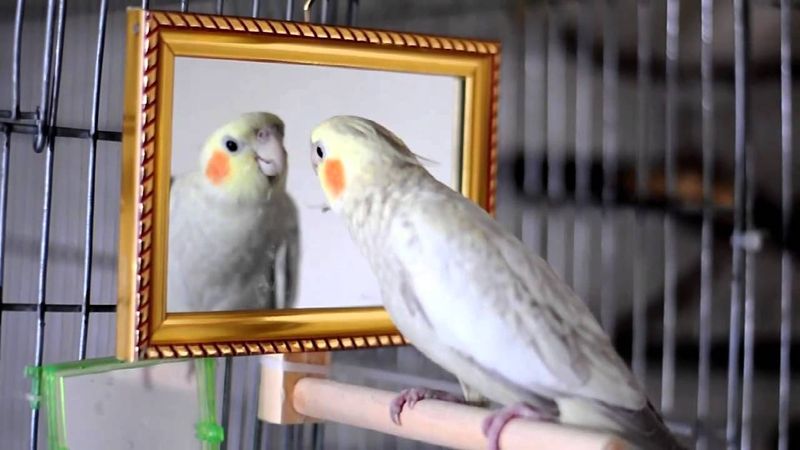
Ever felt someone encroaching on your personal bubble? Birds feel that way with mirrors. The reflection is perceived as a threat to their space, prompting fear or aggression. They instinctively act out to “protect” their territory.
It’s a territorial tango where boundaries are blurred, and the mirror plays the antagonist. This challenge to their space keeps them on edge, ever ready to defend their domain.
14. Fear Of The Mirror’s Unpredictable Nature
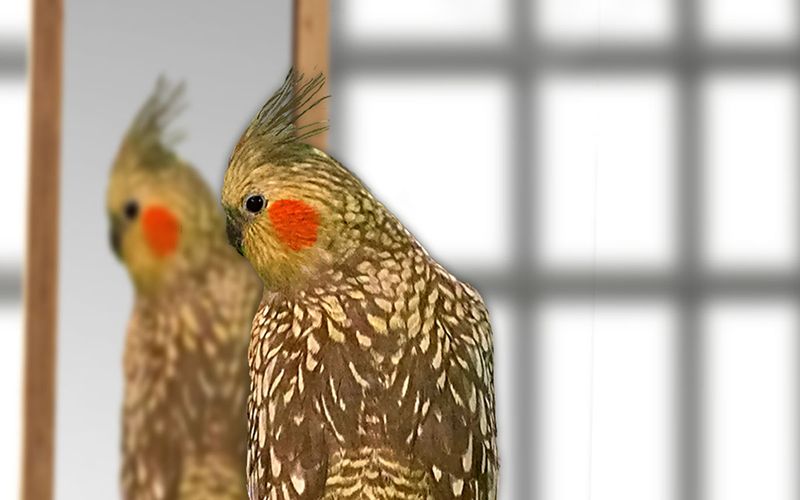
Mirrors can be unpredictable, at least from a bird’s perspective. The sudden appearances and movements of reflections make them uneasy. This unpredictability causes fear, as birds never know when the “stranger” will show up.
It’s like living with a surprise guest that can appear at any moment, keeping them on their wingtips. Mirrors become an enigma, an ever-present source of avian apprehension.
15. Mirrors As A Form Of Stress-Induced Behavior
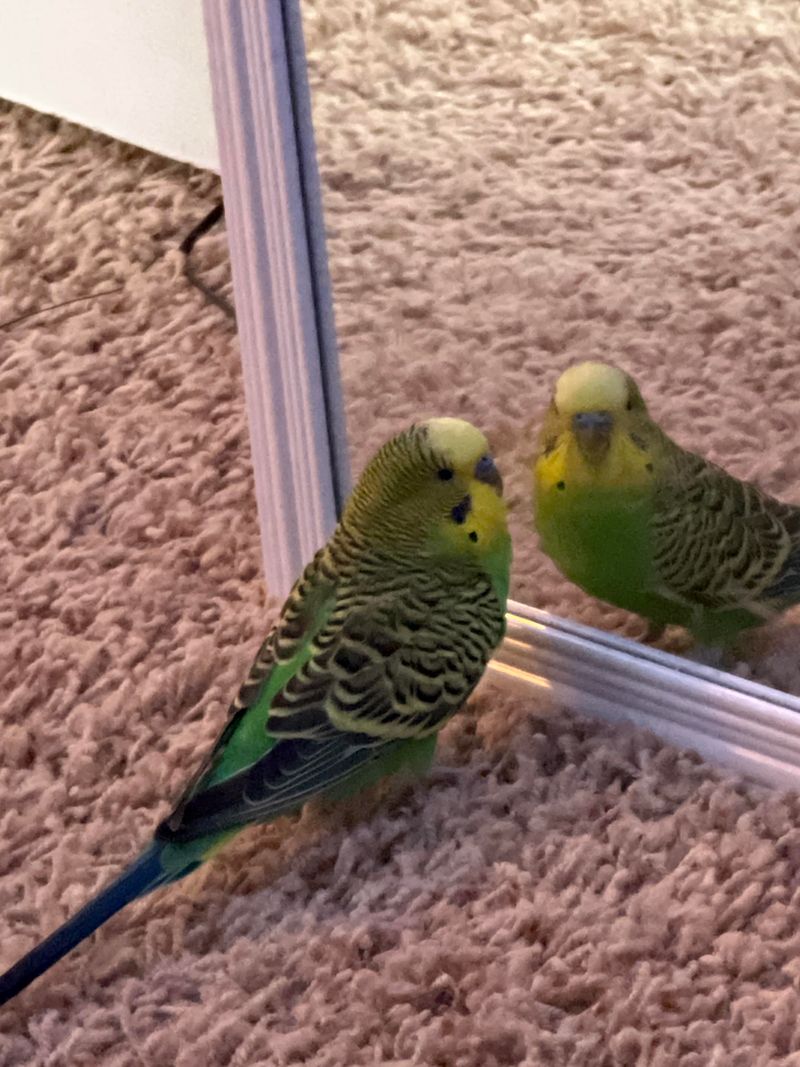
Over time, mirrors can lead birds to develop stress-related behaviors. The constant reflection leads to confusion and fear, which manifests in actions like pacing or excessive vocalizing.
It’s as if they’re trying to make sense of the mirage before them. This ongoing stress is a reminder of how confusing reflections can be for birds. The mirror becomes a source of ongoing tension, an ever-present puzzle to solve.

